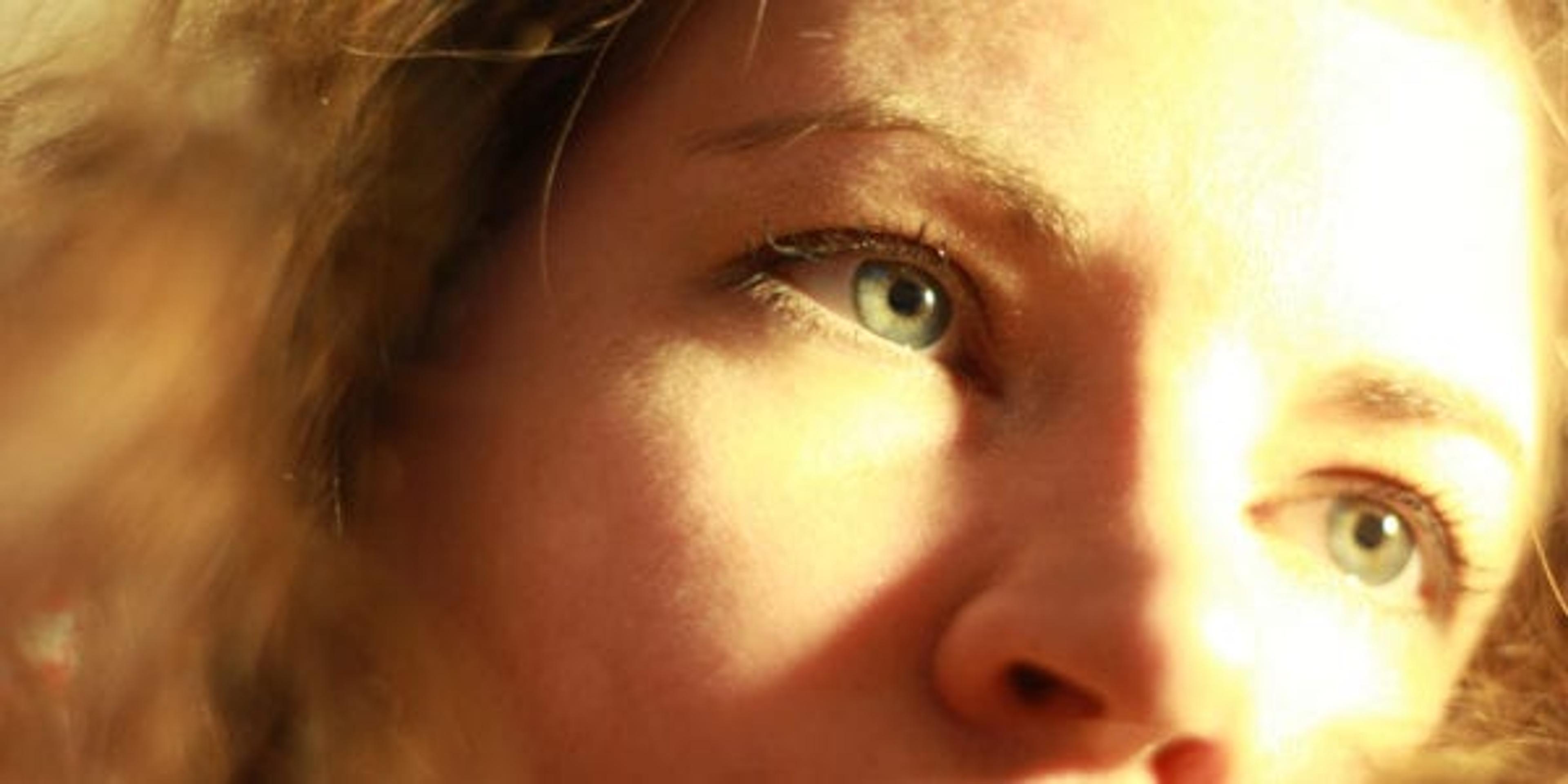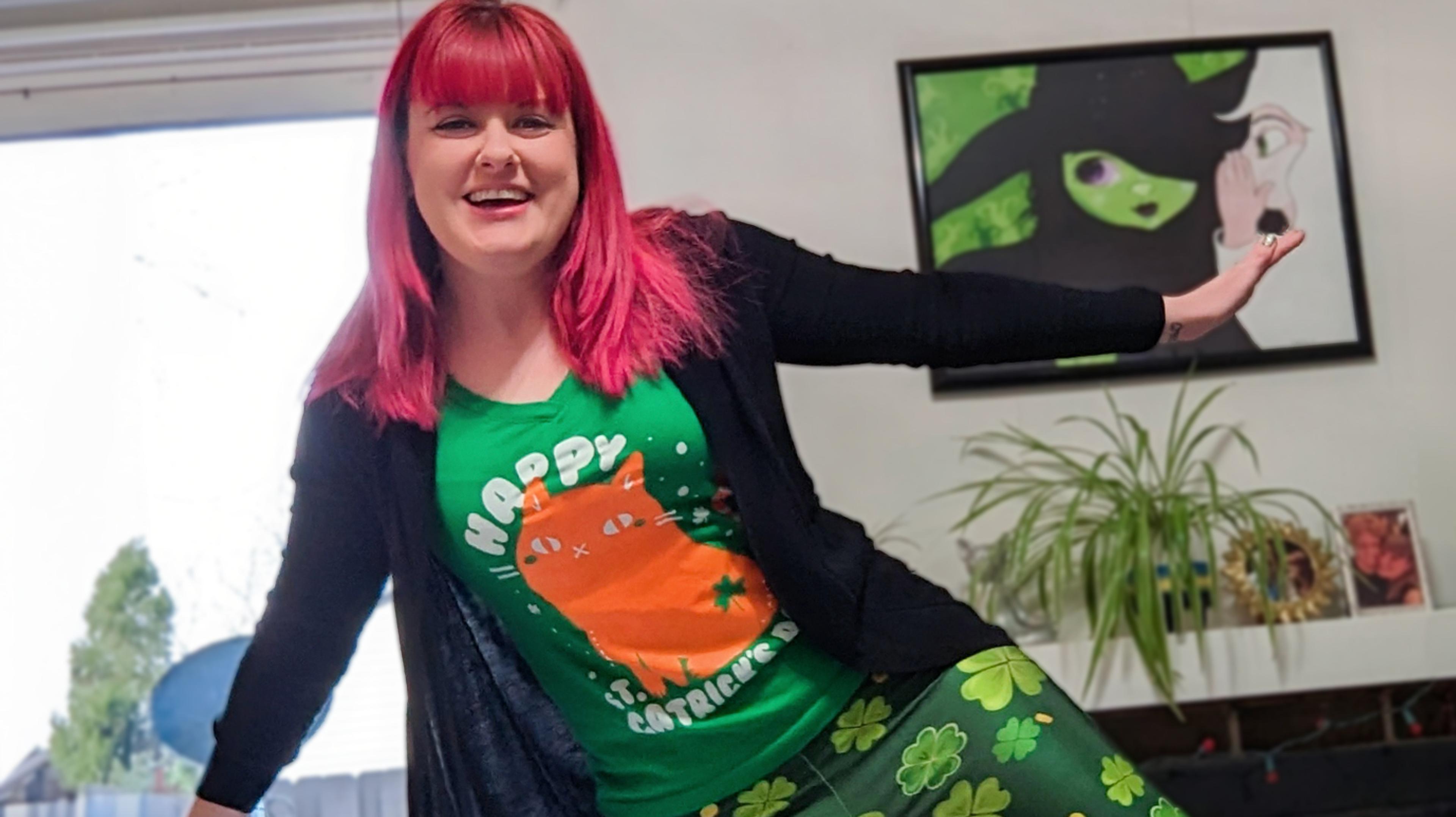The Secret to Making Light Therapy Work for You
| 2 min read

For the half million Americans who are affected by seasonal affective disorder, or SAD, the first step to feel better is often to try light therapy. It makes sense: The disorder, which can result in feelings of depression, is caused by changes in the body’s circadian rhythm due to winter’s lack of sunlight.
That’s why so many sufferers turn to light therapy, which is the use of special lamps made to emit white light that mimics natural sunlight. Used properly for at least 30 minutes each morning, SAD lights can reduce symptoms as much as 50 to 80 percent. But the key is the phrase “used properly.” Aiming your old desk lamp into your eyes isn’t going to cut it. So here are some things to keep in mind when shopping for a light box:
- Is the lamp made specifically for SAD? There are numerous types of light boxes and they are all used to treat different disorders. So whether you get yours over-the-counter, online or directly from your doctor, make sure it’s the right kind.
- How bright is it? The brighter the box, the less time you’ll need to sit in front of it every morning. The most effective light boxes provide around 10,000 lux.
- Does it emit UV light? Your SAD light should filter out most or all UV light so it doesn’t damage your skin or eyes. Ask your doctor or the light manufacturer to be sure your light is safe.
- What kind of light is it? Most light boxes use white light, but some opt for blue light instead. Go with the former. There’s more evidence to support the efficacy of white light in SAD treatment and blue light has been shown to have a higher risk of harming your eyes.
- Is it the right style? Light boxes come in various shapes and sizes, so you may need to compare them to ensure it’s a good fit for you. Remember that you’ll need to be within two feet of the light for it to be effective, so make sure it fits comfortably where you’re going to place it (say on your nightstand or desk).
While it is relatively safe, light therapy has not yet been approved by the FDA. If you experience symptoms of SAD, talk to your doctor about whether light treatment is a good option for you. And light therapy isn’t the only way to brighten up your winter–also make sure to add these six foods than can help combat SAD into your diet.
Photo credit: Rachel Titiriga





